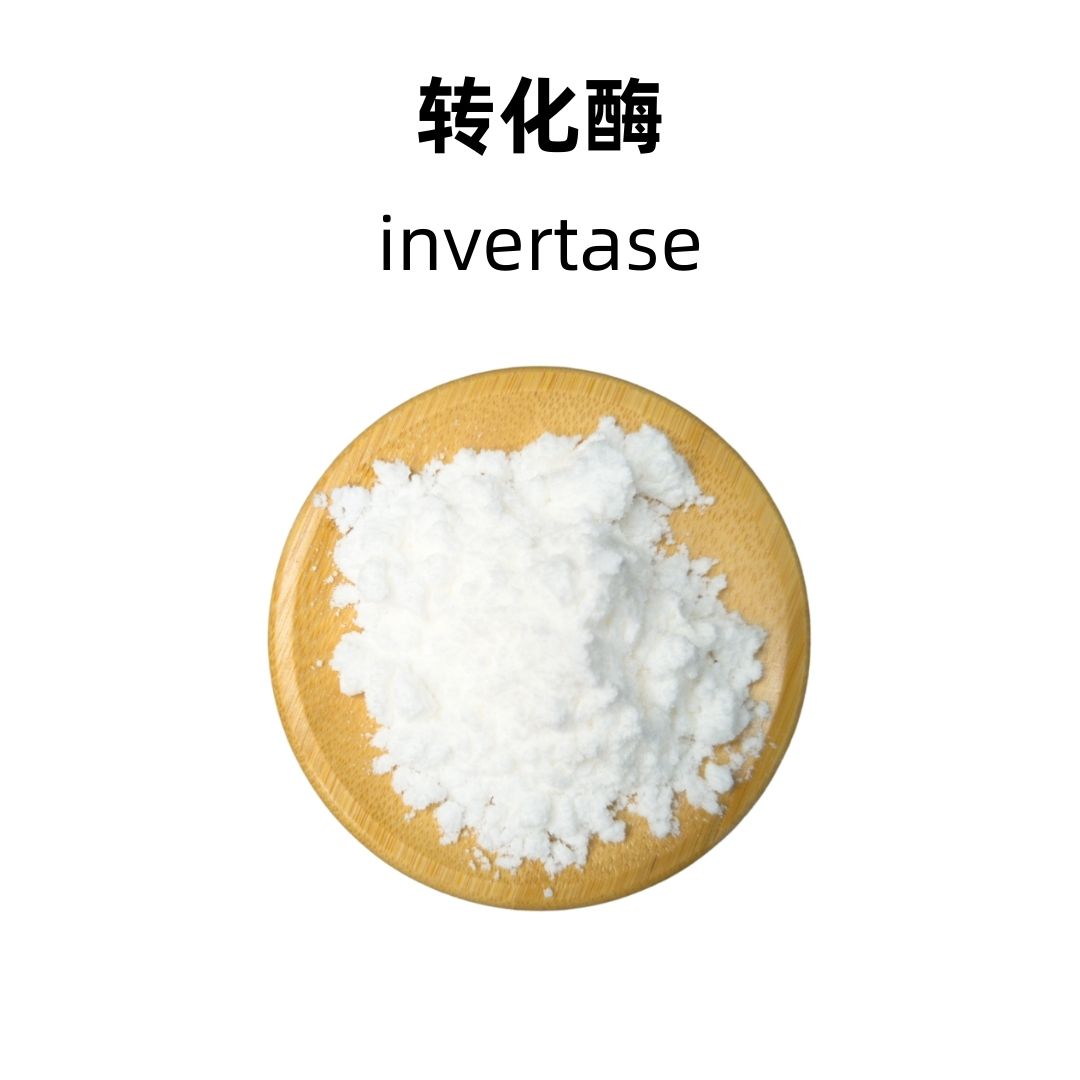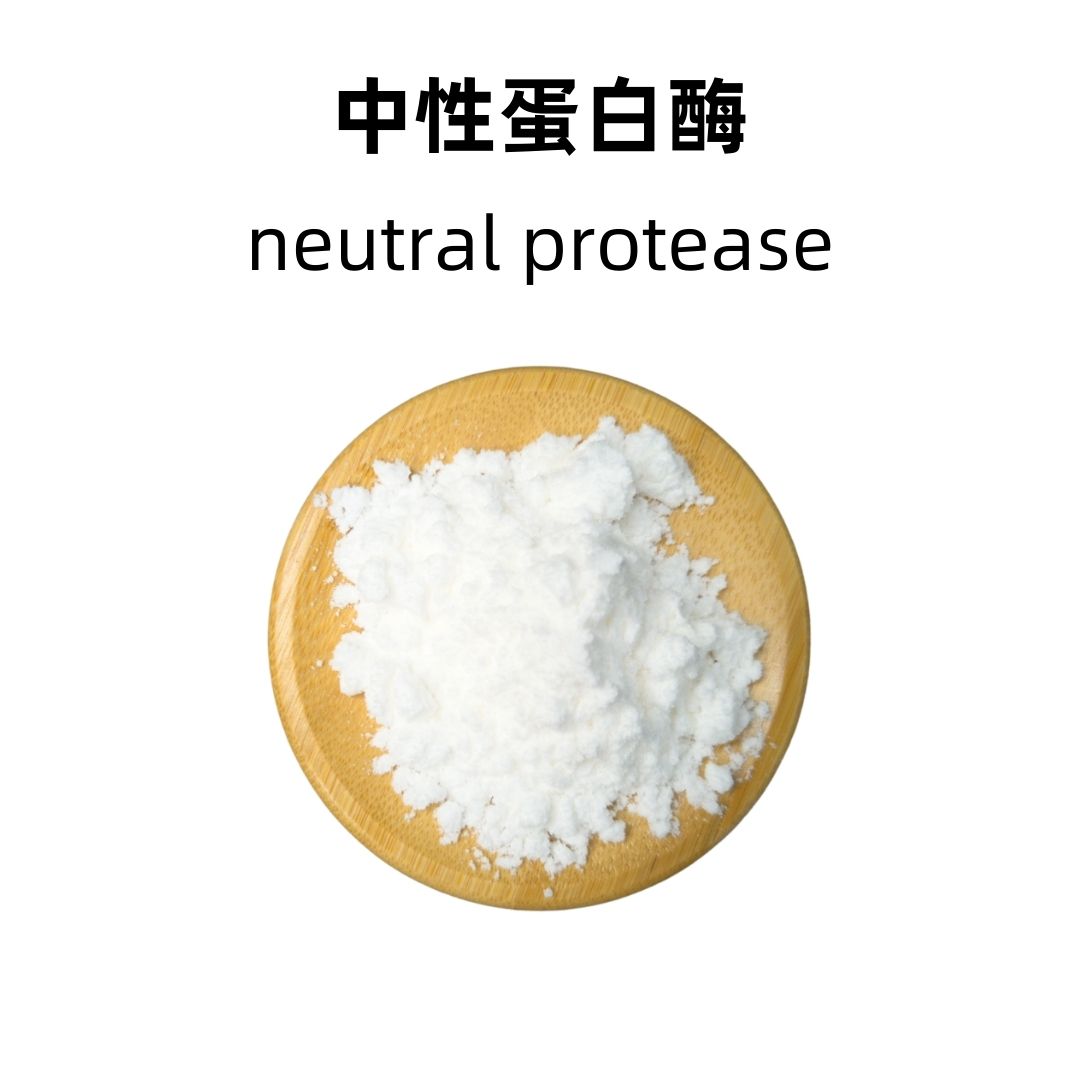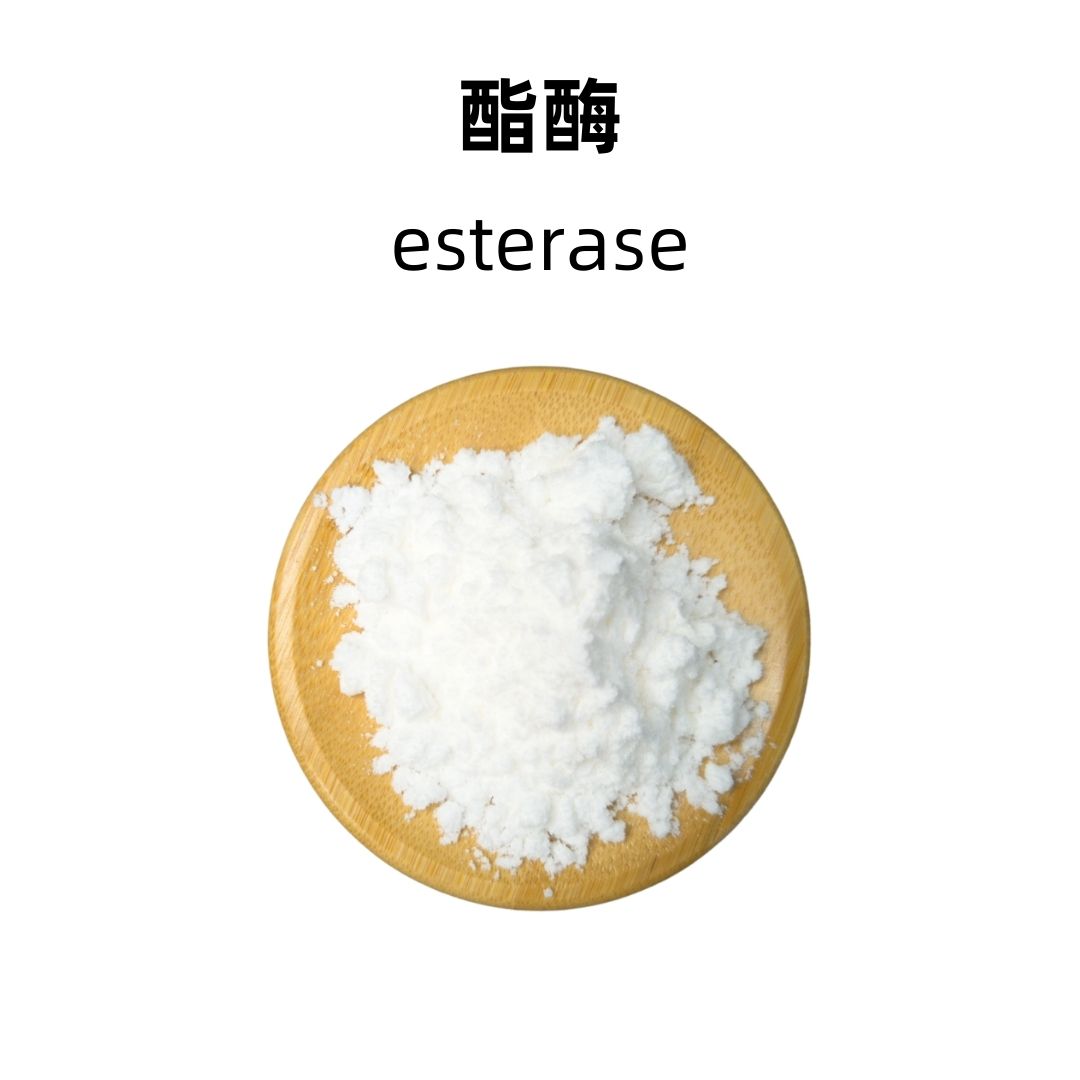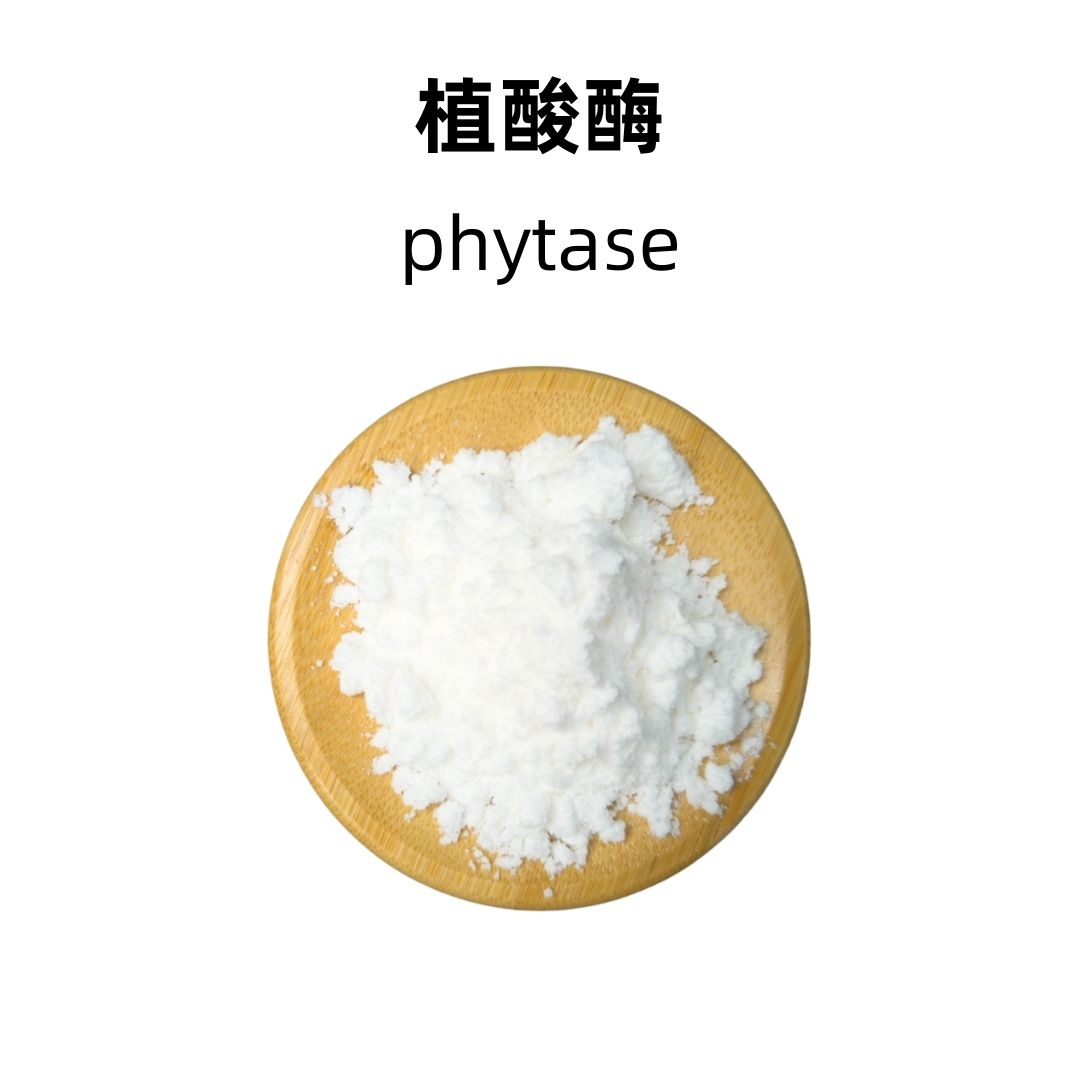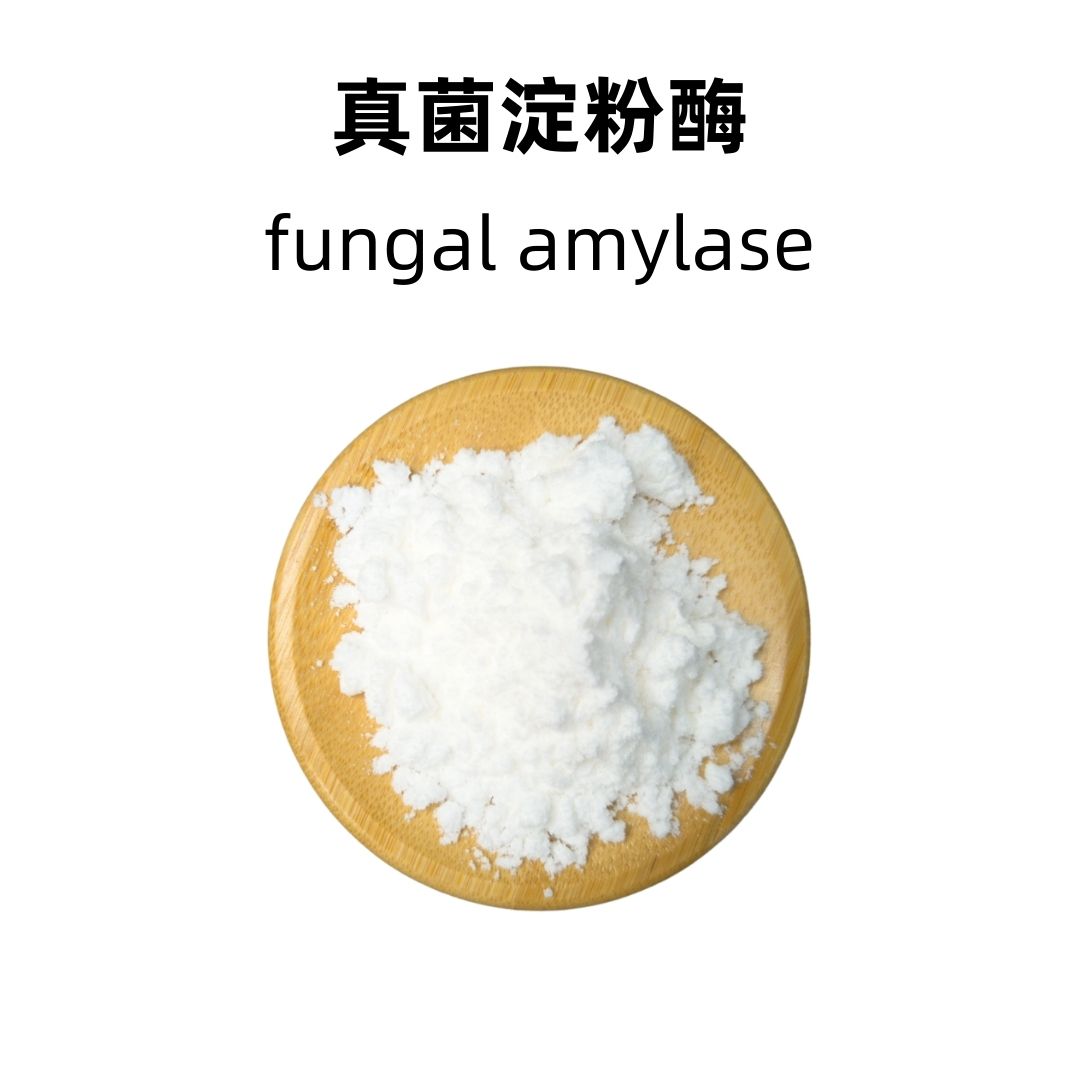Product Introduction
Phospholipase C is an essential enzyme involved in various cellular processes, primarily related to signal transduction pathways. It plays a key role in the hydrolysis of phosphoinositides, leading to the generation of inositol trisphosphate (IP3) and diacylglycerol (DAG), which are important secondary messengers in cellular signaling. This enzyme is crucial for a variety of physiological functions, including muscle contraction, neurotransmitter release, and cell growth.
Production Process
Typically, phospholipase C is derived from sources such as bacterial cultures or animal tissues, where it is isolated and purified through processes that may include chromatography and centrifugation. This ensures that the enzyme reaches a high level of purity and activity suitable for laboratory applications. Advanced techniques are employed to maintain the enzyme’s structural integrity during extraction and storage.
Effects and Functions
Phospholipase C has several important effects within the cell, primarily related to signaling pathways. By cleaving phosphatidylinositol 4,5-bisphosphate (PIP2), PLC generates inositol 1,4,5-trisphosphate, which triggers the release of calcium ions from the endoplasmic reticulum. The DAG produced also activates protein kinase C (PKC), leading to further signaling cascades that affect various cellular functions. Thus, it is involved in regulating processes such as cell proliferation, differentiation, and apoptosis.
Application Scenarios
Phospholipase C is extensively used in research laboratories to study cell signaling mechanisms and membrane dynamics. It can be employed in experiments aimed at understanding disease mechanisms, drug action, and the influence of various signals on cell behavior. Additionally, this enzyme finds applications in biotechnology, where it can aid in the development of therapeutic agents that modulate cell signaling pathways.
Packaging and Storage
Storage Conditions: The product should be sealed, protected from light, kept away from high temperatures, and stored in a dry, cool, and well-ventilated place.
Packaging: Bulk packaging is available in 25 kg per fiber drum, while small samples can be packaged in 1 kg aluminum foil bags. Custom packaging options can also be arranged upon request.
Shipping Methods: Phospholipase C can be shipped using various methods, including FedEx, DHL, dedicated logistics services, and sea freight consolidation.
Shelf Life: The enzyme has a shelf life of approximately two years when stored under recommended conditions.
Monica Sun possesses extensive technical expertise and market insights in the food additives industry. She excels in designing efficient and safe additive formulations tailored to various food applications, ranging from sweeteners to functional dietary fibers. Monica has successfully assisted food manufacturers in optimizing ingredient combinations to enhance product quality and improve consumer satisfaction.









